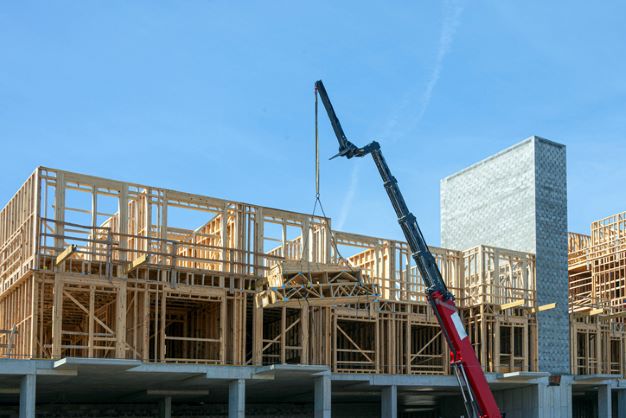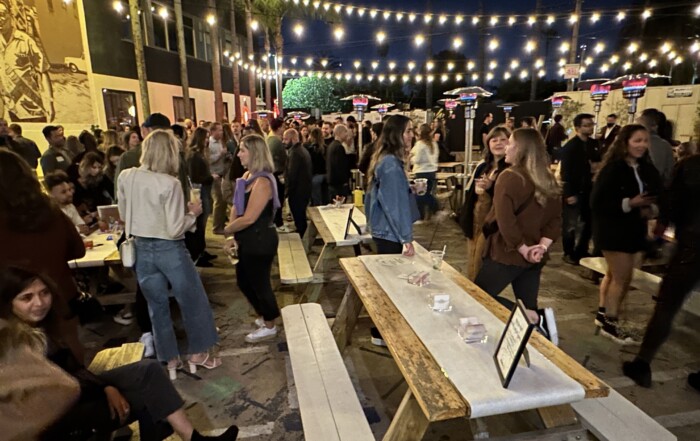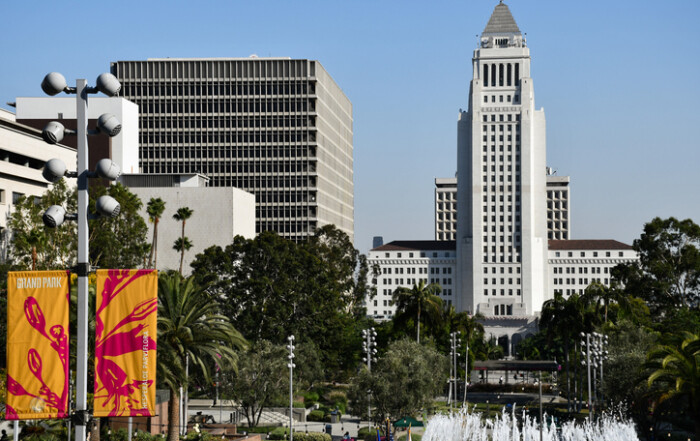The City of Santa Monica hosted a virtual town hall on Monday evening where staff explained the approach to developing affordable housing in the city and how that approach interacts with state laws. This affordable housing is generally developed through the Affordable Housing Production Program (AHPP), which has been a part of the city’s code since 1998.
Through the AHPP, developers of housing are required to contribute a portion of their total units to the affordable housing stock. The AHPP was implemented through partial use of funding from 1990’s Proposition R — which requires one of every three new multifamily units developed in the city to be permanently affordable.
While there is no affordable housing requirement for projects with two to five dwelling units, at least one of those units must be designated as permanently affordable or the project is subject to an Affordable Housing Fee. Projects that have six to 19 units are required to have at least 15 percent of its units designated as affordable for those below 80 percent of the area median income (AMI), and those with 20 or more units must have 15 percent of their affordable housing evenly distributed among several lower AMI brackets.
California has a similar program to incentivize affordable housing throughout the state. Known as the State Density Bonus Law (SDBL), incentives are given to these developers in exchange for commitments to build affordable housing in their projects. Bonuses are generally given in the form of 20-50 percent additional market-rate units allowed in the project, but there are other types that can be given.
“It’s a bit of an incentive and reward system,” said City Planning Manager Jing Yeo.
In order to be considered for SDBL, the project must simply have five units prior to density bonuses, it does not cause a net loss in the affordable housing stock of the city and must provide units that are affordable for at least 55 years.
The council moved to organize the town hall to help explain the difference between the AHPP and the SDBL, and one of the most important distinctions that city staff made at the town hall was that the SDBL essentially supersedes any local policy, which means that SDBL bonuses must be granted even if the development does not comply with the city’s general plan and zoning limits.
“Projects that receive that state density bonus are often larger than the maximum in the city’s General Plan,” Yeo said.
Additionally, bonuses from the State Density Bonus Law can come in the form of incentives and concessions that allow the developer to overrule city zoning codes to make certain modifications to a project. Waivers can also be requested from the state that allows for exceptions to city zoning codes — such as building height — if a developer can prove that local codes would “physically preclude construction” of the project.
It is very difficult for a city to challenge these permitted exceptions according to Yeo, who said that recent legal decisions demonstrated how difficult it is to fight these exceptions.
Creating affordable housing is the overall goal of the state density bonus law, not challenging a city’s authority, and city staff say that the AHPP and the SDBL work hand in hand to contribute to affordable housing in the city. Assuming a developer builds the 15 percent affordable housing requirement for AHPP, they already qualify for the maximum bonus under the state density bonus law.
Following the presentation, a Q&A was held, and a variety of questions were asked during the hour-and-a-half-long session following the presentation. Some questions were about the city’s power around exceptions and controlling density, while others were around particular examples of projects and how they would interact with the AHPP and the SDBL.
Several commenters also mentioned their displeasure with the Lincoln Center project located at Lincoln Boulevard and Ocean Park Avenue, which is expected to produce 521 units of housing but has brought concerns over extreme density from some residents. However, questions on this specific project went mostly unanswered.
For those who missed this session, a second, in-person town hall will be held on November 8 at Santa Monica’s City Hall Chambers from 7:00 – 9:00 p.m.
Photo by ribeirorocha
Stay informed. Sign up for The Westside Voice Newsletter
By clicking submit, you agree to share your email address with Westside Voice. We do not sell or share your information with anyone.








